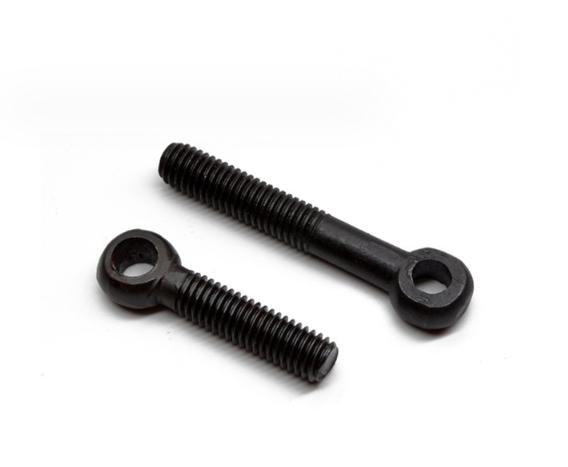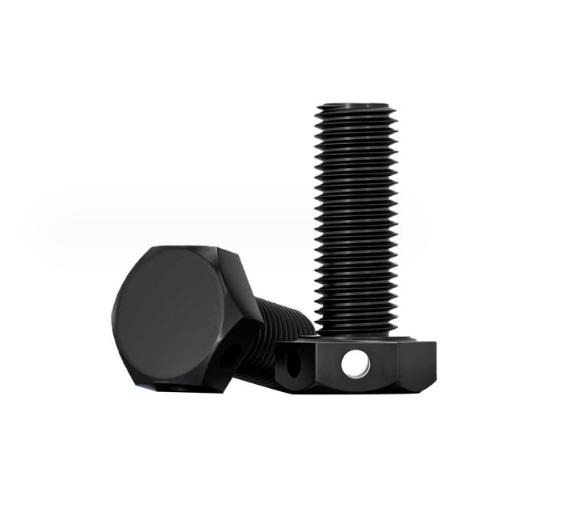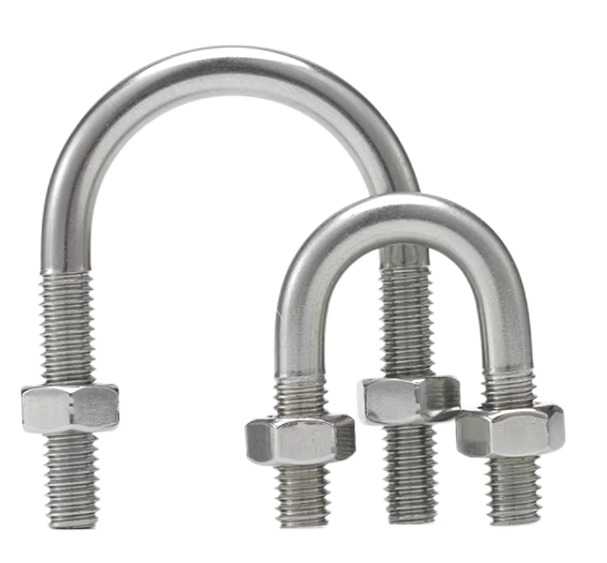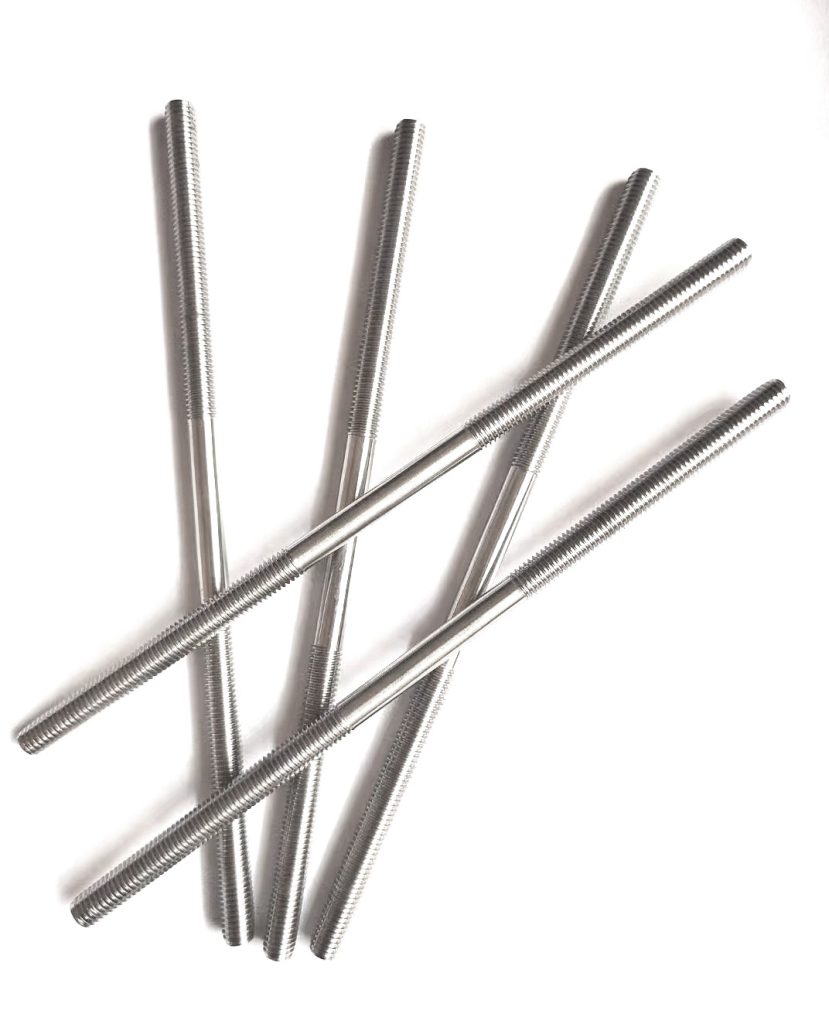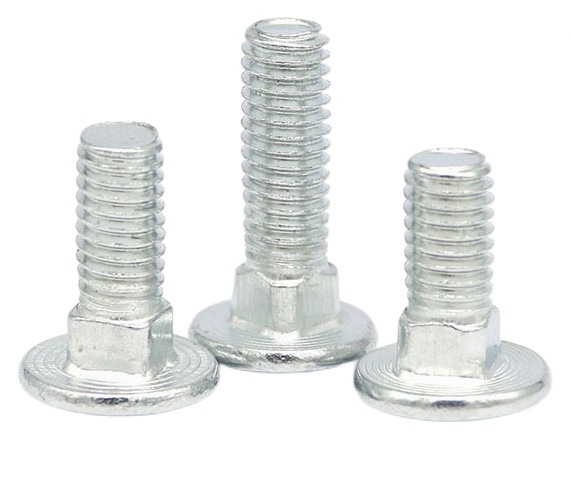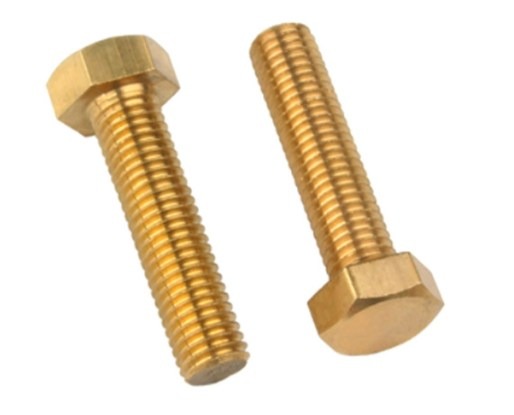Understanding 12 Point Bolts: How to Use Appropriately
Unlike conventional hexagonal bolts, which have six points for engagement, the 12 point bolts feature twelve points on their heads, offering a more comprehensive surface for gripping and turning. This design enhancement not only facilitates the use of wrenches or socket tools for installation and removal but also ensures rapid connection and disconnection, making it particularly valuable in scenarios where speed and efficiency are paramount.
The geometry of the 12 point bolt allows for superior torque transfer and slip resistance compared to its hexagonal counterpart. The increased number of engagement points reduces the likelihood of slippage during tightening or loosening, ensuring that the tool remains securely attached to the bolt head. This is especially beneficial in tight spaces or when high torque is required, as it minimizes the risk of tool damage and operator error.
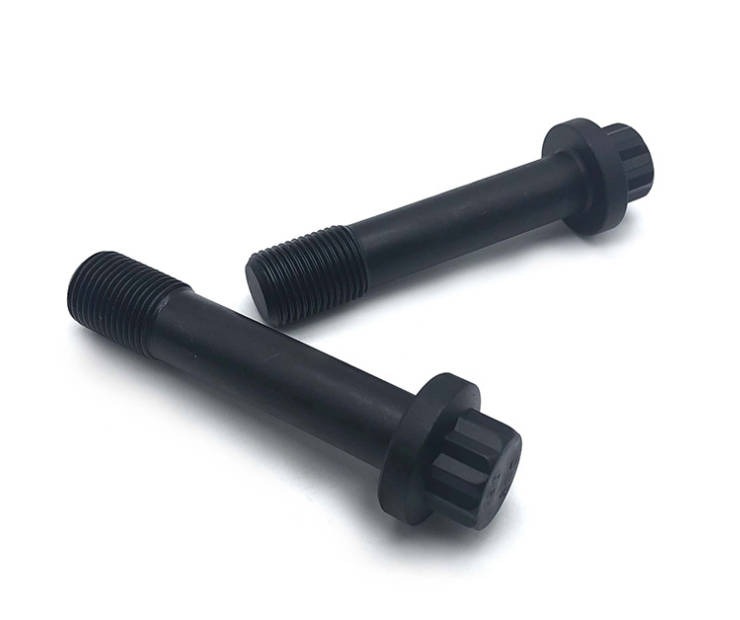
Physical Characteristics and Applications
When it comes to the physical characteristics of 12 point bolts, detailed information on thread standards and bolt specifications is crucial. These bolts are available in a range of sizes, thread pitches, and lengths, which are all standardized to ensure compatibility and interchangeability across different applications. The thread pitch, for instance, determines the distance between each thread, affecting the bolt’s strength and the tightness of the connection.
In terms of applications, 12 point bolts are not confined to a single industry or use case. They are widely employed in mechanical assembly, construction, and vehicle manufacturing due to their ability to withstand high loads and stresses. Whether securing heavy machinery components, fastening construction equipment, or assembling automotive parts, the 12 point bolt proves to be an indispensable tool in achieving secure and reliable connections.
Unique Performance Features of 12 Point Bolts
The performance features of 12 point bolts distinguish them from other types of bolts in several key areas:
- Increased Grip and Torque Efficiency: The 12-point design increases the contact area between the tool and the bolt head, enhancing grip and allowing for more efficient torque application. This results in less force required to tighten or loosen the bolt, minimizing the risk of slippage and damage to the bolt head or tool.
- Reduction in Tool Damage: The precise fit between the 12 point bolt and the tool reduces the chance of tool slippage, which can cause damage to the tool or the bolt head. This is particularly advantageous in confined spaces where tool alignment can be challenging.
- Improved Operational Experience: The ergonomic design of 12 point bolts can make the task of tightening or loosening bolts more comfortable, especially in repetitive operations. This can lead to reduced operator fatigue and increased productivity.
Comparing 12 point bolts to hexagonal bolts reveals that the former offers a more secure and efficient fastening solution. However, despite these advantages, 12 point bolts are not as widely used as hexagonal bolts due to higher production costs and potentially limited tool compatibility. When deciding on bolt types, engineers must weigh the specific application requirements against the cost-benefit analysis.
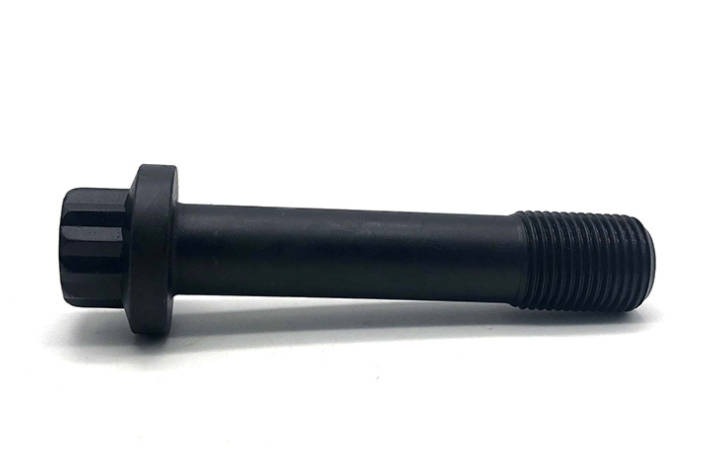
Application in Mechanical Assembly
The robustness and reliability of 12 point bolts make them ideal for various applications within the realm of mechanical assembly:
- Heavy Machinery: In critical areas of heavy machinery, 12 point bolts are relied upon to secure components that are subject to significant loads and impacts. Their strength and durability ensure that the connections remain intact under extreme conditions.
- Construction Equipment: The stability of construction equipment is enhanced by the use of 12 point bolts in the assembly of moving and fixed parts. These bolts provide a secure hold that is essential for the safe and efficient operation of such machinery.
- Metallurgical Equipment: In the demanding environment of metallurgy, where equipment must withstand high temperatures and stresses, 12 point bolts are chosen for their superior strength and resistance to fatigue.
In addition to these applications, 12 point bolts can be used in conjunction with other special fasteners, such as bolts with flanged ends, which can further enhance the distribution of clamping loads and streamline the assembly process.
Tips for Measuring 12 Point Bolt Dimensions
To ensure that a 12 point bolt meets the specifications required for a particular application, precise measurement is essential. Here are the steps to accurately measure the dimensions of a 12 point bolt:
- Head Diameter: Utilize a caliper or micrometer to measure the diameter of the bolt head directly. This measurement is crucial for determining the size of the wrench or socket tool required.
- Pitch: The pitch is the distance between adjacent threads. A thread gauge is used for this measurement, or one can place the bolt on a ruler and measure the gap between two threads using a feeler gauge.
- Length: The length of the bolt is measured along the axis using a tape measure or a vernier caliper. This dimension is important for ensuring that the bolt will fully engage the threads of the nut or the threaded hole it is intended for.
- Thread Angle: Although the standard thread angle for 12 point bolts is 60 degrees, it is not typically measured manually, as it is a standardized feature.
- Thread Number and Depth: Counting the number of complete threads and measuring the depth of the thread groove with specialized tools can provide a complete understanding of the bolt’s thread characteristics.
It is vital to use the correct tools and techniques to obtain accurate measurements. For bolts with non-standard or special features, additional measurements may be necessary. Always adhere to the relevant engineering standards and protocols to ensure the reliability of your measurements.
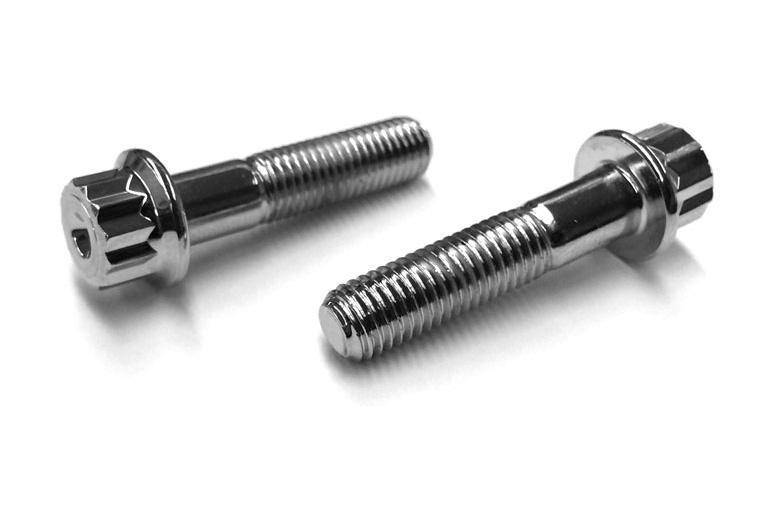
Why It is Risk of Over-Tightening 12 Point Bolts?
While 12 point bolts are designed to handle significant loads, over-tightening them can lead to a range of issues that compromise the integrity of the connection and the safety of the structure:
- Connection Deformation: Excessive tightening can cause the connected parts to deform, reducing the pre-load and weakening the connection.
- Bolt Damage: Over-tightening may result in the bolt being stretched beyond its elastic limit, leading to permanent deformation or even failure. This can manifest as thread stripping or bolt breakage.
- Performance Degradation: If one bolt in a series is over-tightened, it can affect the tension in the other bolts, leading to uneven distribution of load and potential failure of the assembly.
- Safety Hazards: Bolts that have been over-tightened are at risk of delayed failure, which can occur during operation and result in sudden structural failure, posing significant safety risks.
- Increased Costs: Damage caused by over-tightening requires replacement of bolts and potentially the connected parts, leading to higher maintenance costs and downtime.
To prevent these issues, it is crucial to follow the recommended tightening sequences and torque settings for each application. Utilizing calibrated torque wrenches and adhering to the manufacturer’s guidelines can help in achieving the correct level of tightness, ensuring that the bolts are neither under-tightened nor over-tightened.
In mechanical assembly and structural applications, understanding the unique characteristics and appropriate usage of 12 point bolts is crucial. Accurate measurement and adherence to best practices for tightening can ensure the successful and safe use of these fasteners. By carefully considering the benefits and application requirements, engineers and designers can make informed decisions that contribute to the success and longevity of their projects.


